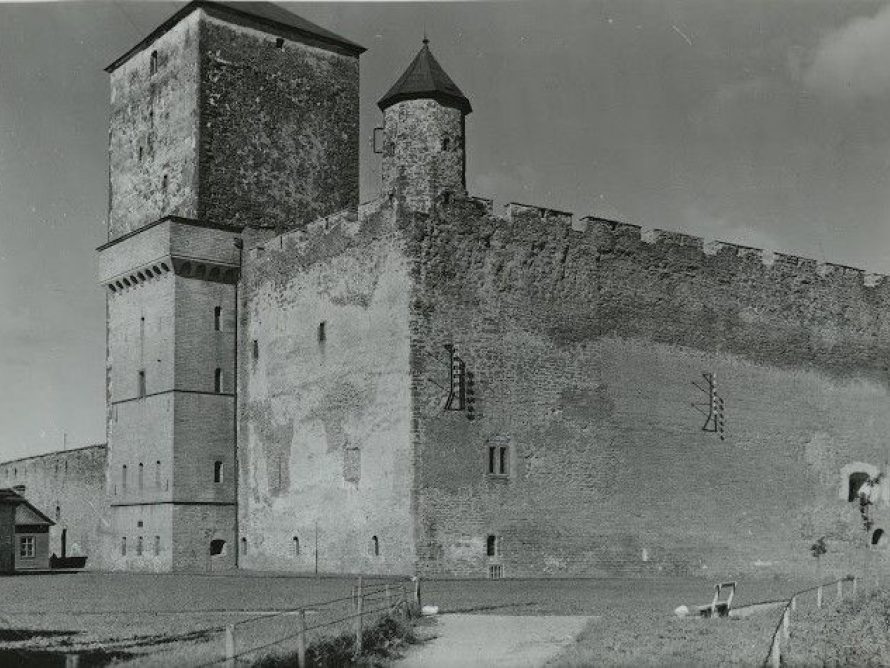Large west courtyard
The smaller forburg was built by the Danes on the west side. In the first third of the 16th century, the Livonians enlarged it to its present dimensions. It was surrounded by a wide moat with a raised bridge, and at the corners of the ramparts stood three towers: north-west, south-west and south. Today, the forburg is known as the Great West Courtyard. The north-western tower was later converted into a round tower or gun turret. During the Second World War, it suffered considerable damage. In November 1987, after restoration, the rondeel was formally handed over to the museum. Today, the tower houses the Rondeel restaurant.
The south tower was built at the turn of the 15th and 16th centuries to house light firearms. The tower connected the two parts of the old courtyard wall (the south and west perimeter) and the new south wall, which extended to the west to a more spacious garden. Archaeological excavations in 1984-1987 uncovered the foundations of the tower.
Next to the South Tower is a model of the 1877 Coastal Corvette with a 9-inch (229mm) gun barrel. The specific mortar was manufactured in Russia at the Perm factory in 1892. Its steel iron was attached with metal rings. The ammunition used was a 112,6 kg gunpowder barrel bomb and a 137,2 kg steel barrel bomb. The Mortiiri had a range of about 8 kilometres.
In the 1930s, the Republic of Estonia carried out fortifications along the eastern border along the Narva River. A large number of fortifications were built. In Narva, in the defence area of the Honor bastion, there was an artillery battery consisting of two 9-inch mortars. One of them was moved from the bastion to the courtyard of the fortress in the 1950s.



